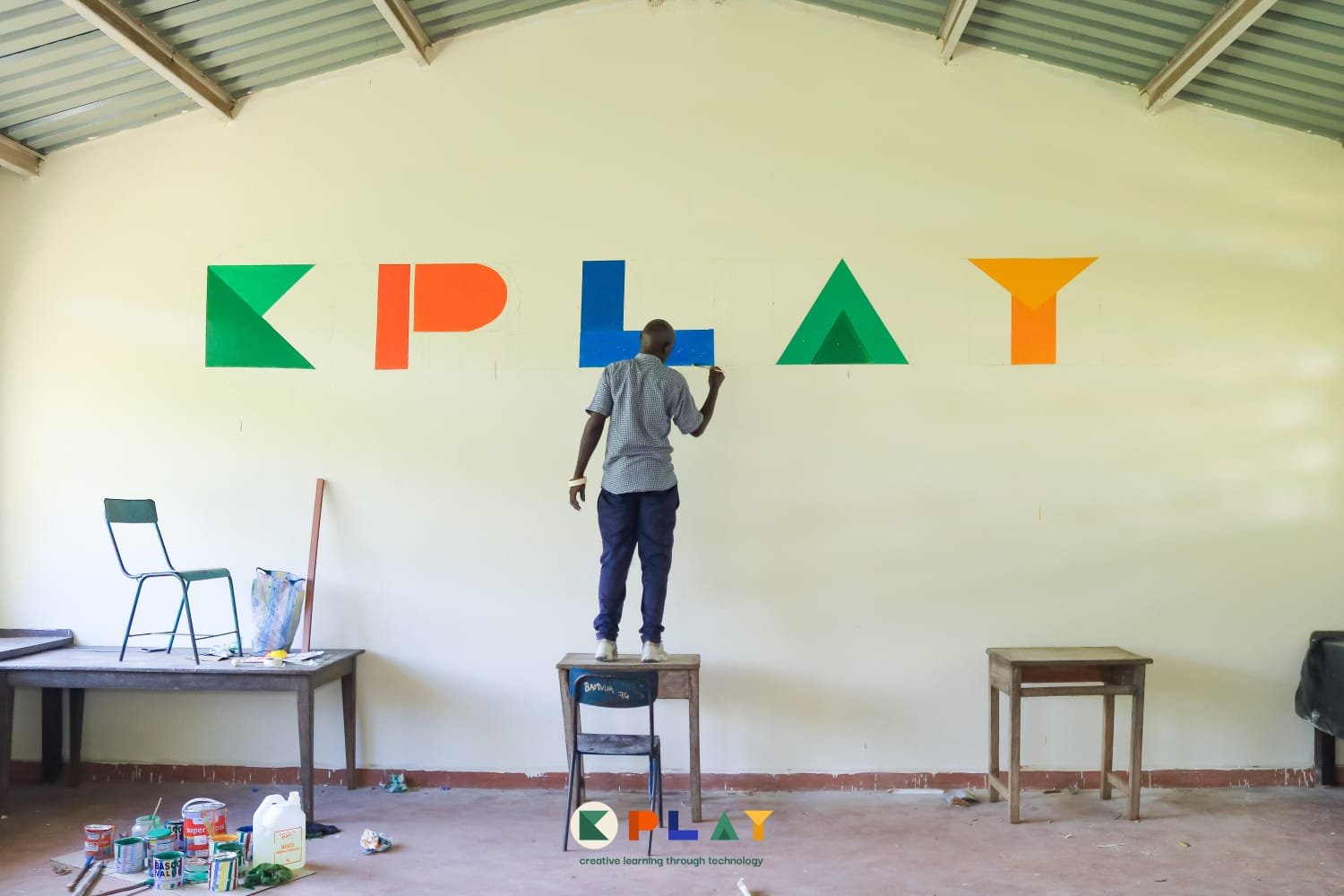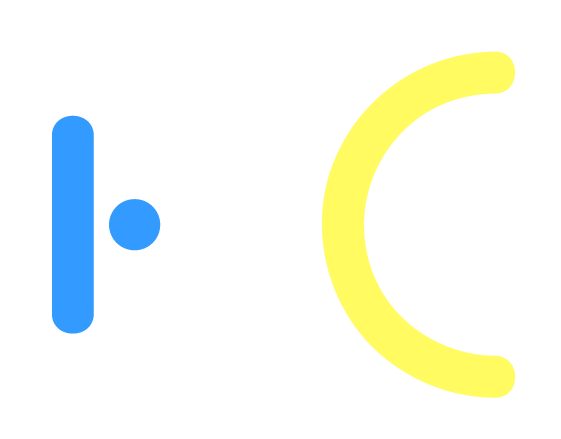HOW MIGHT WE create a scalable model of low-cost playful learning spaces in kenya?
IREX & LEGO FOUNDATION
THE PARTNERS
Since 2021 we have embarked on a four year partnership with IREX the global development and education organization to launch the Kenya Play(KPLAY) project with generous support from the LEGO Foundation. The KPLAY program aims to equip primary school teachers across the rural counties of Kilifi and Kwale with the skills they need to introduce playful learning technology experiences to over 90,000 students. The program is part of the Tech & Play coalition with partners that include The Lifelong Kindergarten, Tufts University and The Exploratorium.
THE CHALLENGE
Spaces for learning are essential: they define what is possible and what is not, they shape human relations, they inspire and allow students to grow. If students are to become actors of their own learning, develop creative skills and agency, work in groups and much more, then they must have access to child-centered play-enabling spaces.
As we created locally relevant resources for KPLAY’s primary school teachers across the country, there was a crucial need to re-imagine the physical space in which playful learning takes place. Together with teachers and community leaders, we wondered: How might we create a scalable model of playful learning spaces in the rural schools of Kilifi and Kwale through participation?
THE BIG IDEA
Let’s design a toolkit for turning any space in a school into a joyful learning environment; a Playlab!
THE DESIGN PROCESS
STEP 1: On the ground
The first step was for the team in Kenya to visit the many different schools where the KPLAY program was operating, and to observe the classroom set up and available spaces that could be repurposed into Playlabs. With observation sheets and cameras, the team reported building conditions, electricity availability, security, windows, usage of various rooms, their sizes, the materials available and more. This provided us with a rich picture of the existing practices and available resources.
STEP 2: Co-design the space with community members
The second step was to create an architectural design that could be implemented in a modular way. To do this we created workshop activities for the teachers and community leaders to share their perspectives and ideas: e.g., an activity that includes walking around on your knees to be at the level of children, an activity that includes a collage of your dream classroom. We also engaged experts such as our friends at the Exploratorium to learn best practices and principles of creative learning space design. This provided the team with rich data to start prototyping what the Kenyan Playlabs could look like.
STEP 3: Create a locally informed brand guide and material toolkit
The third step was to create a brand guide that communicated the joyful and creative values of the KPLAY program. We used this guide to create bespoke ways to store, use and organize creative learning materials. For example the team in Kenya, inspired by local food trucks, created a PlayLab cart that could host all the creative learning materials needed for the activities, and that could provide security and modularity at the same time. This push cart was painted, adapted and tested in the classroom, and selected as a final option for its perfect response to the design needs.
THE OUTCOME
Playlabs were created as customized school-based spaces for playful interactions and creativity that support the K-PLAY program. Each space contained context-appropriate lo-fi and high-tech playful learning resources that spoke to girls and boys. Play Labs, whether indoors or outdoors, fixed or mobile, have values of playfulness, experimentation, curiosity, collaboration, and connection to the community.
In the first year of the program we co-created and play-tested the PlayLab concept and its materials for one year within two different schools. This gave us enough data to iterate on the design and learning materials so that the team can scale up to 60 Playlabs in 2022. Together with the team in Kenya we also created a Playlab Educator Guide and a Welcome Video, both can be used to onboard new community members to the model.











